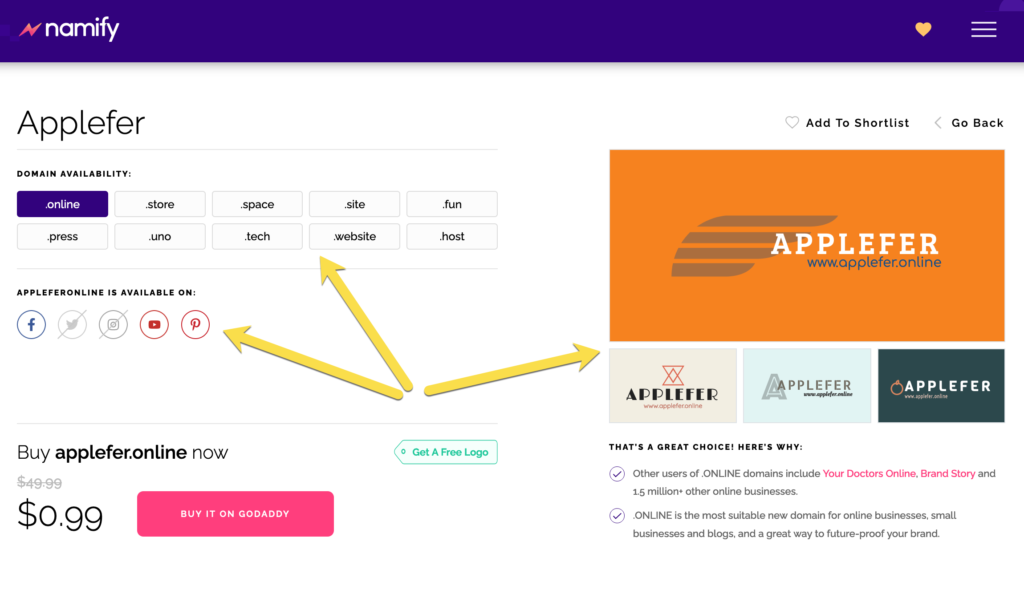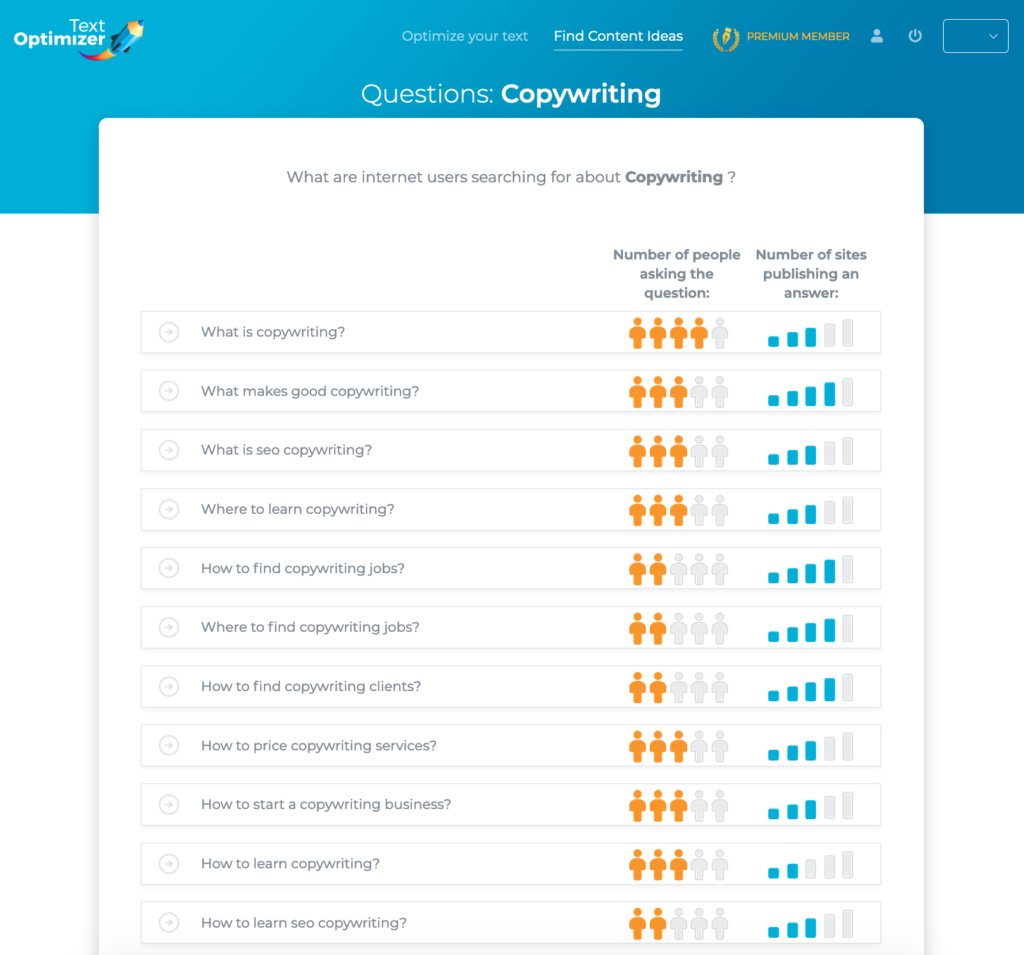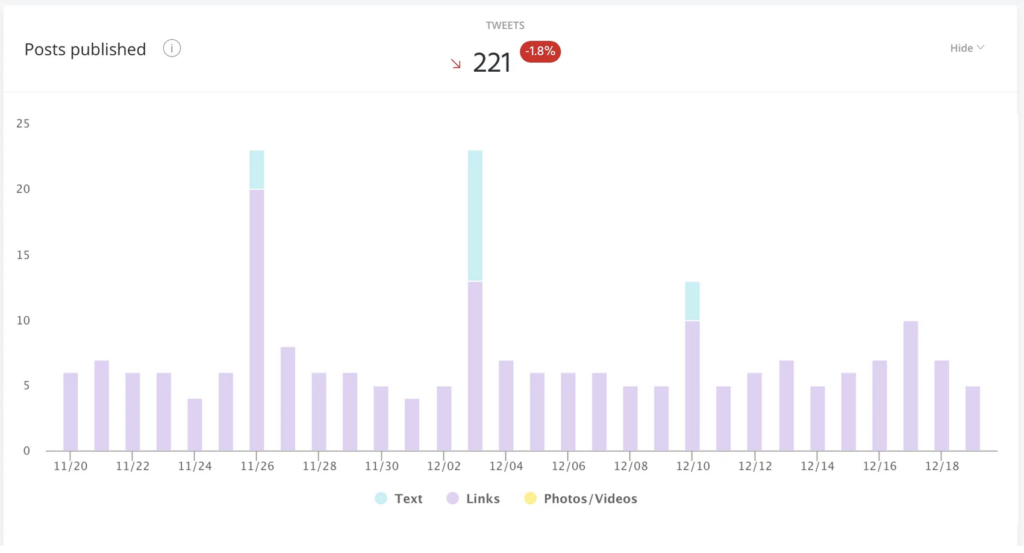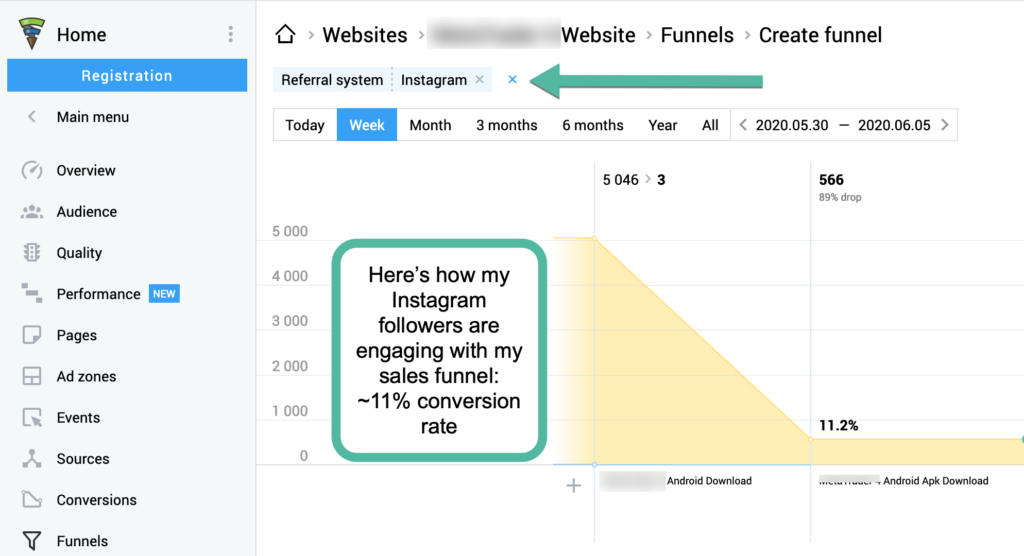American digital media expert Erik Qualman once said
“We don’t have a choice on whether we do social media. The question is how well we do it.”
Social networks can help us run our lives, strengthening our connections with loved ones, improving our career prospects, and entertaining us.
But if we let them, they can also take over our lives. Perhaps the biggest question is not how much influence one can gain on social media, but how to maintain the balance between utility and control. .
Protect Your Privacy
We have seen quite a few privacy scandals already. Lots of private data have been stolen.
This brings us to the underlying need to have stricter mechanisms to promote privacy controls and regulations that cover Internet giants like Google, Twitter and Facebook with sufficient provisions to impose penal actions for such unwarranted transgressions into a user’s privacy.
These companies have a larger than life presence in every Internet-enabled person’s life, be it the personal life or the professional life.
The fact that these major companies can make code changes that affect almost all the Internet users with impunity and in doing so they display a scant regard of the impact on the privacy of the end users is something that needs to be debated upon.
Tools like Aura allow you to monitor your online accounts and alert you of possible privacy risks.

Establish Your Brand
The idea behind branding is to develop recognition for consumers with your product or service. Consumers relate to companies with ideas, a message, or a persona that they identify with.
Social media presence is the best way to tell your brand’s story and connect to your target customers, provided you do it right. Start with an effective brand name that matches your social media channels. This handy business name generator will help you pick one up:

From there create content and interact with your followers and social media influencers on a daily basis. Social media is one of the best ways to build your brand loyalty and get more subscribers but you need time and consistency.
Manage Your Time
In 2010, 36 percent of people surveyed by 60 Minutes and Vanity Fair claimed social networking was their biggest waste of time. This statistic represented much more than the 25 percent wasting time on fantasy football and 23 percent wasting time in front of the television.
However, that’s not to suggest that time spent on social networking sites can’t be productive. It’s important to connect with clients, see photographs of your sister’s kid, and even blow off steam with a game of Angry Birds. What matters is how much time you’re spending on these activities.
Assess the sites you’re visiting, the activities you’re undertaking, and the time spent on each over the next few days. You’ll quickly learn what saps your energy, and what needs to change.
Create a Productive Contributing System
Why spend time logging in to each social networking website individually to share your latest piece of news when you can send information to all your pages at once?
Platforms like HootSuite and Viral Content Bee allow you to post to a range of social networking sites with just one click. Some offer free accounts with limited functionality, but most attract a small monthly subscription.
Additionally, create a consistent contributing routine. Using question research is a great way to quickly find effective content to post on social media. Text Optimizer is a great tool for that:

Using services like these won’t just streamline your online activity. They’ll also help you resist the temptation to spend more time on social networking pages than you’d like.
Digital Eagles offers great tips on creating effective social media updates.

Keep an eye on your social media channels to identify which ones work best for your site. Use a clear and effective web analytics solution enabling you to compare your traffic sources and understand which ones work best for your conversion funnels:

Choose Your Connections Carefully
Newcomers to social networking typically make many connections, believing the more “friends” they have, the higher their status. The average Facebook user has 130 friends, and is connected to 80 pages, groups, and events. The average Twitter member has 115 followers.
Unless users have a negative experience, they’re unlikely to “unfriend” a contact. This leads to cluttered social networking walls that take plenty of time to comb through.
The more casual contacts on your social networking lists, the higher the risk of privacy breaches and digital drama. Fifteen percent of adults and 22 percent of teens say they’ve fallen out with friends over happenings on social networking.
The best way to make social networking work for you is to choose your contacts carefully. It sounds simple, but it’s best to only add people you know, like, and trust. If your friends list is crowded, don’t be afraid to trim the fat. If you’re not close to a contact, they probably won’t miss your digital company.
Social networking websites can be valuable tools or massive time wasters. The role they play in your life is completely up to you. What other methods do you commonly use to maintain your social media balance?
Image by Ralf Kunze from Pixabay

